Yule never baa-lieve it: a case for the Yule Goat at Christmas
The MERL’s Collections Researcher, Tim Jerrome investigates pagan influence on Christmas traditions, and asks why we don’t include the Yule Goat in our celebrations in England.
Leghorn Straw Hat
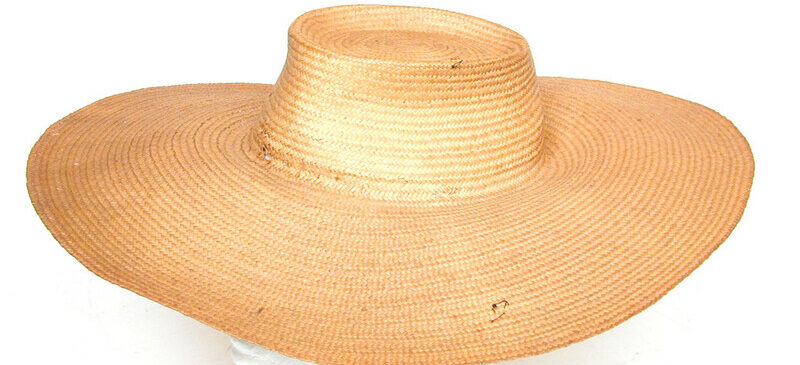
Straw plaiting was a huge industry in the late 1800s. It became the new and main employment of 1000s of women in Berkshire and Hertfordshire. It was the perfect way to supplement an agricultural wage because it could be done any time of day, was in huge demand and the straw was in great abundance [...]
Smoking Cap

This cap was manufactured in North America and is most likely associated with the Haudenosaunee nation, commonly known as the Iroquois Confederacy. Indigenous women would make items like smoking caps, moccasins and baskets for British visitors who could then return to the UK with souvenirs from North America and Canada. Smoking caps were popular in [...]
Tailoring
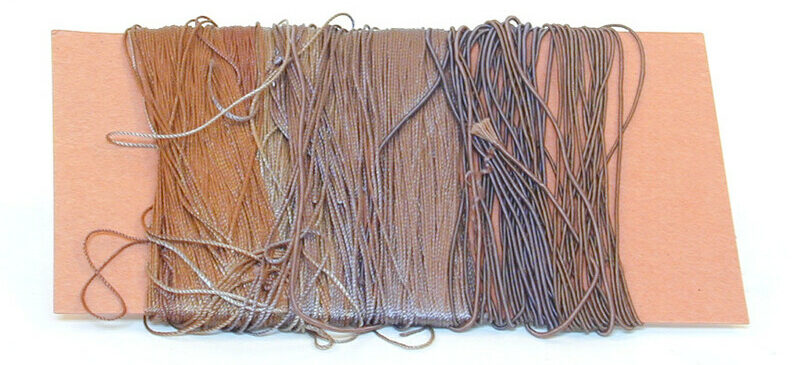
These items come from the Kellman Collection, used and collected by Alexander Kellman, a tailor on the Queen’s Road in Reading. Thread MERL 97/79 Cloth MERL 97/82 Bobbins MERL 97/78/1-37 Tailors were important members of society since the late Middle Ages. Their main role was often focused on men’s clothing, specifically tailoring military wear. As [...]
Reins and Harnesses
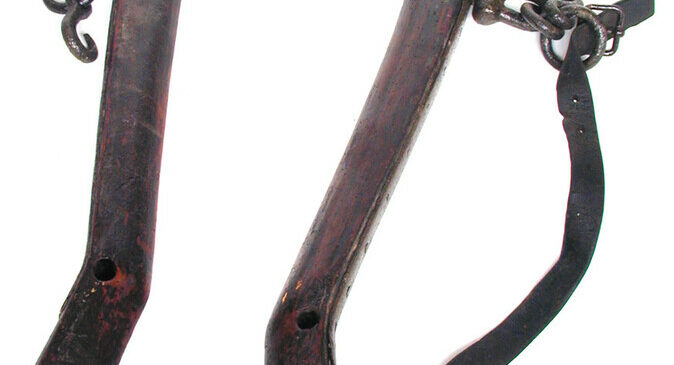
To make leatherwork for horses a lot of skill and a good range of tools are required. This craft often happened in towns and villages, with a good saddler in high demand. As well as working on the farm, horses were the main form of transporting both people and good across the country, and leatherwork [...]
Clothing on Canals
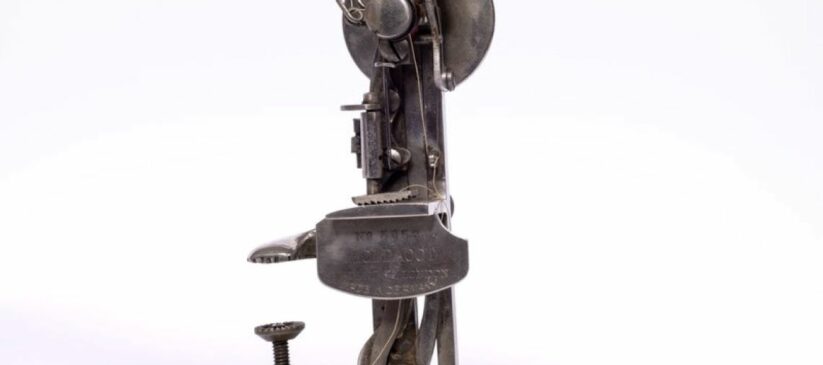
Canal boats were vital in transporting coal and goods made during the boom of the industrial revolution in the 18th Century. This moved many seasonal farmers to the boats as this life was slightly more predictable, but still maintained the migratory aspect of living. Canal boat living involved the whole family. Children were expected to [...]
Hand sewn dress
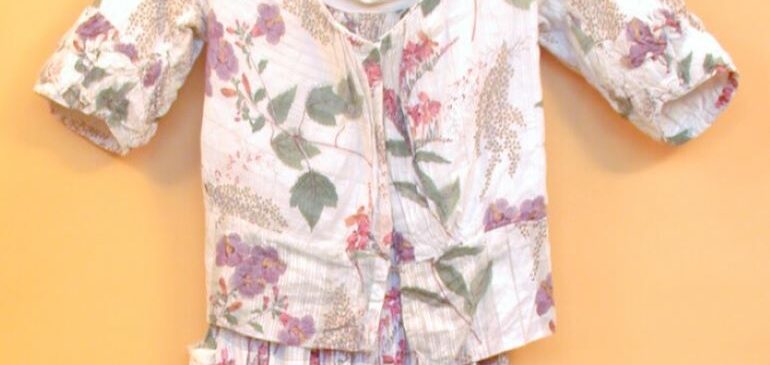
Worn in Oxfordshire in the early twentieth century, this dress was hand sewn from cotton and printed with floral designs. The time it was created was an important turning point for British influence in the global cotton trade. Having previously exploited the colonies for cotton growth, such as America and then India, Britain’s role in cotton [...]
Sewing basket

Made in Orkney, this straw coil-type basket was used to store sewing supplies. Scorch marks are visible within the basket, which is evidence of the basket being ‘toasted’ to remove protrusions of twine and straw from the inside. A straw sewing basket such as this would have been much more common in remote, rural areas, [...]
Tatting samples
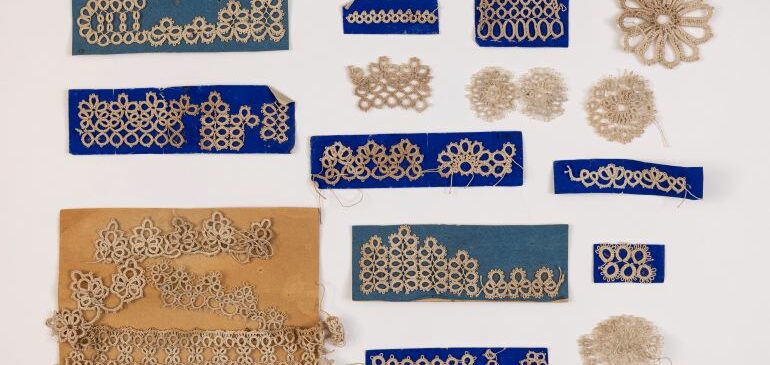
‘Tatting’ is a form of lacemaking that produces a garment more durable than crocheted lace. It particularly focuses on knots within the fabric, and is thought to derive from ancient sailors using knots to create their fishing nets. Originally, patterns were made with a series of knots and this evolved into the practice which was [...]
Tape measure
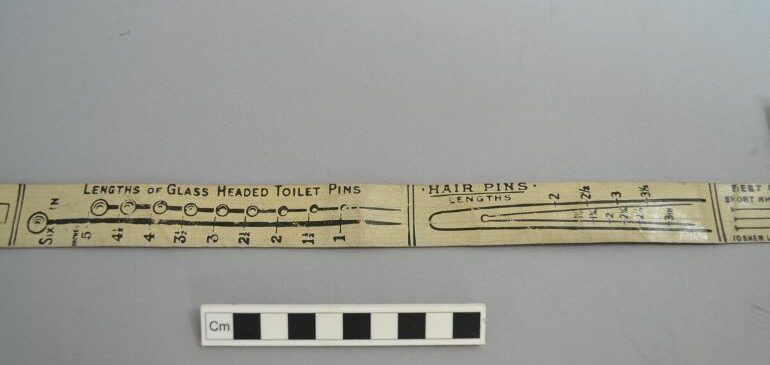
Acquired from The Mount in Reading, this tape measure was used in sewing to measure different sizes of pins, tapes and buttons. Named the ‘Crescent Workbasket Treasure’, it was an early product of the Crescent Tools company, which remains a prominent hand tools manufacturer to this day. First used in the 1860s when sewing machines [...]

